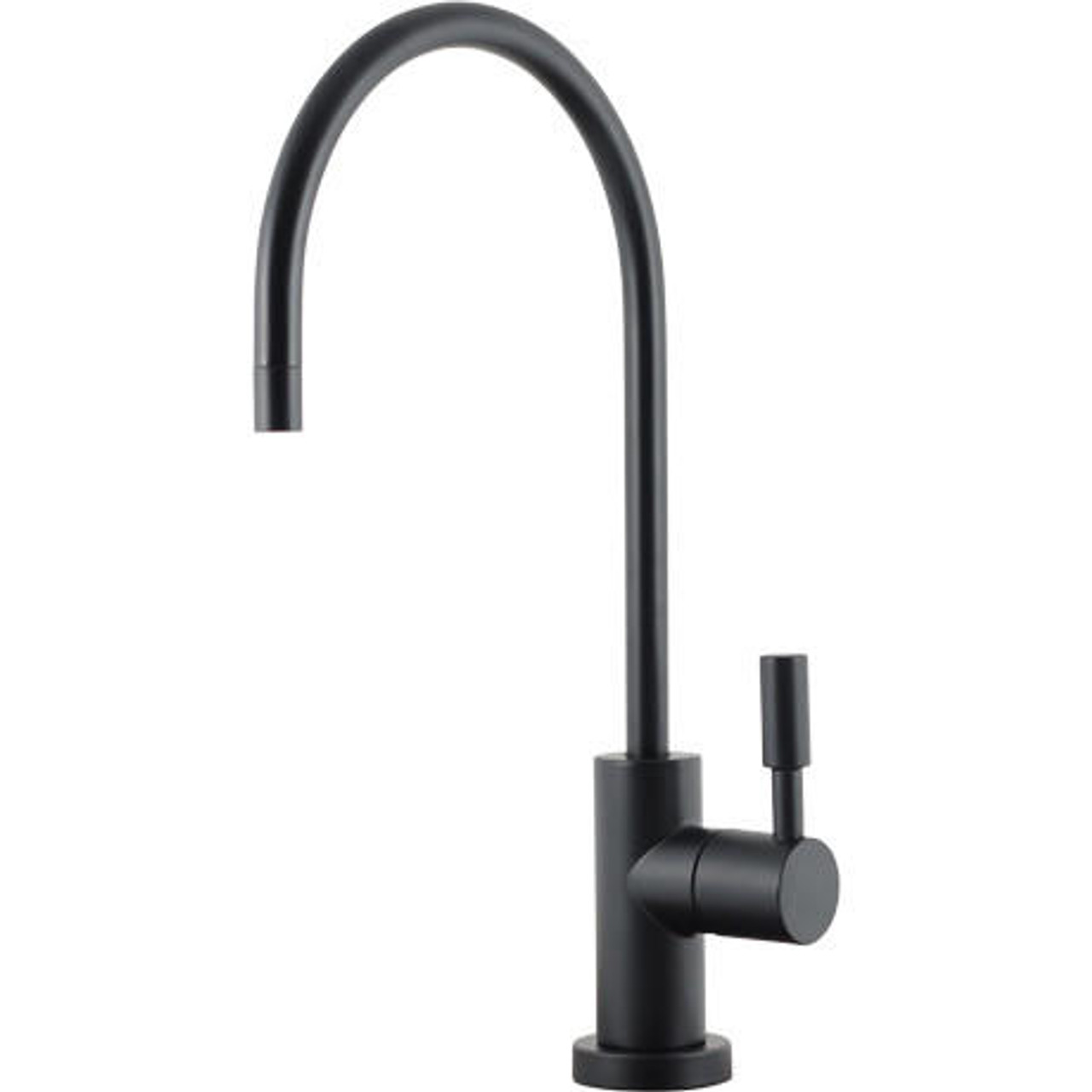

Articles
What Is An Air Gap Faucet
Modified: February 23, 2024
Discover the benefits of air gap faucets in this informative article. Learn how they work and why they are essential for maintaining water safety and preventing contamination.
(Many of the links in this article redirect to a specific reviewed product. Your purchase of these products through affiliate links helps to generate commission for Storables.com, at no extra cost. Learn more)
Introduction
An air gap faucet is a type of plumbing fixture that is designed to prevent backflow and ensure the safety of your drinking water. It is commonly used in environments where there is a risk of cross-contamination between the domestic water supply and potentially hazardous substances, such as in commercial kitchens or dental offices.
An air gap faucet works by creating a physical separation between the water outlet and the rest of the plumbing system. This creates a gap or space of air between the water outlet and the drain, preventing any possibility of contaminated water flowing back into the clean water supply.
In this article, we will delve deeper into the definition, mechanism, benefits, and potential drawbacks of using an air gap faucet. We will also discuss the maintenance and common applications of this plumbing fixture. By the end, you will have a comprehensive understanding of air gap faucets and their role in safeguarding the purity of your drinking water.
Key Takeaways:
- Protect your drinking water with air gap faucets, which create a physical barrier to prevent backflow and contamination. They are crucial in commercial kitchens, dental offices, and other high-risk environments.
- While air gap faucets offer numerous benefits, including compliance with regulations and enhanced water quality, they may have drawbacks such as complicated installation and reduced water flow. Proper maintenance is essential to ensure optimal performance and longevity.
Read more: What Is A Plumbing Air Gap
Definition of an Air Gap Faucet
An air gap faucet, also known as an air gap device or air gap assembly, is a specialized plumbing fixture that is installed to prevent backflow in a water supply system. It is typically found in places where there is a high risk of contamination, such as commercial kitchens, laboratories, or dental offices.
The air gap faucet consists of three main components: the faucet itself, the air gap body, and the drainage pipe. The faucet is the visible part that delivers water, while the air gap body is a cylindrical or cone-shaped device that creates the air gap. The drainage pipe connects the air gap body to the drain.
The air gap device is usually installed on a sink or a countertop, but it can also be integrated into other fixtures, such as dishwashers or water filtration systems. Its purpose is to provide a physical separation between the water supply and potential sources of contamination, such as wastewater or chemicals.
By creating an air gap, the faucet ensures that even if there is a drop in pressure or a backflow event, contaminated water cannot flow back into the clean water supply. Instead, any potential contaminants are directed to the drain via the air gap, preventing cross-contamination and preserving the integrity of the drinking water.
It is important to note that an air gap faucet is different from a standard faucet or a non-air gap faucet. Non-air gap faucets rely on backflow prevention valves or devices within the plumbing system to prevent backflow. However, these devices may fail or become less effective over time, which increases the risk of contamination. In contrast, an air gap faucet provides an extra layer of protection by physically separating the water supply from potential contaminants.
How Does an Air Gap Faucet Work?
An air gap faucet functions by creating a physical barrier between the water supply and potential sources of contamination, such as a drain or wastewater. This barrier, in the form of an air gap, prevents any backflow of contaminated water into the clean water supply.
When you turn on the air gap faucet, water flows from the supply line through the faucet and out of the spout as usual. However, unlike a standard faucet, the air gap faucet has an additional component known as the air gap body. This body is installed between the faucet and the drain, creating a gap or space of air.
As water flows out of the faucet, it enters the air gap body. Here, it is channeled through a separate tube or channel that is connected directly to the drain. The water then exits the air gap body and flows down the drain, completely bypassing the main plumbing system.
The key principle behind the functionality of the air gap faucet is the difference in water pressures. The water pressure in the supply line is typically higher than the pressure in the drain. This pressure difference causes water to flow into the air gap body and out through the separate tube leading to the drain.
By creating this physical separation, the air gap faucet ensures that any potential contaminants, such as wastewater or chemicals, are directed away from the clean water supply and safely disposed of through the drain. Even in cases of negative pressure or backflow, the air gap maintains the integrity of the drinking water by preventing any contaminated water from flowing back into the supply line.
It is worth noting that installing an air gap faucet is not a one-size-fits-all solution. The specific design and installation requirements may vary based on local plumbing codes and regulations. Therefore, it is essential to consult with a professional plumber or comply with the guidelines provided by your local authorities when installing or replacing an air gap faucet.
Why Are Air Gap Faucets Used?
Air gap faucets are used for several important reasons, all centered around protecting the quality and safety of the drinking water supply. Here are some key reasons why air gap faucets are commonly installed in specific environments:
1. Prevention of Backflow: The primary purpose of an air gap faucet is to prevent backflow. Backflow occurs when water that has already been used and potentially contaminated flows back into the clean water supply. This can happen due to a drop in pressure, a malfunctioning valve, or other plumbing issues. By creating a physical separation between the water outlet and potential contaminants, air gap faucets ensure that backflow is effectively blocked.
2. Compliance with Regulations: Many local plumbing codes and regulations require the installation of air gap faucets in certain commercial or high-risk environments. These regulations are in place to ensure the safety of the drinking water supply and to prevent cross-contamination. Failure to comply with these regulations can result in fines, penalties, or even the closure of a business.
3. Protection from Hazardous Substances: Air gap faucets are particularly useful in environments where there is a risk of exposure to hazardous substances or chemicals. This includes commercial kitchens, where food may come into contact with cleaning agents or other contaminants, as well as dental offices, laboratories, or medical facilities, where potentially infectious materials need to be properly disposed of.
4. Enhanced Water Quality: The presence of an air gap ensures that only clean, uncontaminated water flows out of the faucet. This can be especially beneficial in environments where water purity is crucial, such as in food preparation areas or healthcare facilities. By eliminating the possibility of cross-contamination, air gap faucets help maintain high standards of water quality.
5. Prevention of Cross-Connection: Cross-connection refers to the accidental or unwanted connection between a clean water supply and a source of contamination. Air gap faucets act as an effective barrier against cross-connection, as they physically separate the water outlet from potential sources of contamination, such as drains or wastewater systems.
By utilizing air gap faucets, businesses and facilities can take proactive measures to protect the integrity of their water supply, comply with regulations, and ensure the health and safety of their customers and occupants.
Benefits of Using an Air Gap Faucet
Using an air gap faucet offers several benefits, all aimed at maintaining the safety and quality of the drinking water supply. Here are some key advantages of incorporating air gap faucets into your plumbing system:
1. Prevention of Contamination: The primary benefit of an air gap faucet is its ability to prevent cross-contamination. By creating a physical separation between the clean water supply and potential sources of contamination, such as drains or wastewater systems, air gap faucets ensure that only clean, uncontaminated water flows out of the faucet. This safeguard is especially critical in environments where water purity is crucial, such as commercial kitchens, dental offices, or healthcare facilities.
2. Compliance with Regulations: Many local plumbing codes and regulations require the use of air gap faucets in specific settings to ensure the safety of the water supply and prevent the risk of backflow. By installing and using air gap faucets, you can comply with these regulations and avoid potential fines or penalties. It also demonstrates your commitment to maintaining high standards of water quality.
3. Added Protection for High-Risk Environments: Air gap faucets are particularly beneficial in environments where there is a higher risk of exposure to hazardous substances or chemicals. In commercial kitchens, for example, food preparation areas often come into contact with cleaning agents and other potential contaminants. By utilizing air gap faucets, you create an additional layer of protection to prevent any potential contamination from reaching the water supply.
4. Durability and Reliability: Air gap faucets are designed to be robust and reliable. They are built with high-quality materials to resist corrosion and withstand the demands of commercial use. By investing in air gap faucets, you can expect a long lifespan and reduced maintenance requirements compared to standard faucets.
5. Flexibility in Application: Air gap faucets can be installed in various settings and integrated into different fixtures, such as sinks, dishwashers, or water filtration systems. This versatility allows you to customize your plumbing system based on your specific needs and requirements.
6. Peace of Mind: By using air gap faucets, you can have peace of mind knowing that you have taken proactive measures to protect the integrity of your water supply. Whether you are a business owner, a homeowner, or a facility manager, the assurance of safe and clean drinking water adds value and confidence to your daily operations.
In summary, air gap faucets provide significant benefits in preventing contamination, complying with regulations, enhancing water quality, and offering peace of mind. By incorporating these specialized fixtures into your plumbing system, you can safeguard the health and well-being of those who rely on your water supply.
When installing an air gap faucet, make sure to regularly clean the air gap to prevent clogs and ensure proper drainage. This will help maintain the effectiveness of the faucet and prevent any potential issues.
Read more: What Is An Air Gap For A Dishwasher
Potential Drawbacks of Air Gap Faucets
While air gap faucets offer numerous benefits, it is important to consider some potential drawbacks associated with their use. These drawbacks include:
1. Complicated Installation: Installing an air gap faucet can be more complex compared to installing a standard faucet. It may require modifying your plumbing system and ensuring proper positioning of the air gap body. Professional installation or the assistance of a licensed plumber may be necessary to ensure proper function and compliance with local plumbing codes.
2. Additional Space Requirements: Air gap faucets have a larger profile due to the presence of the air gap body. This may require additional space for installation, particularly under sinks or countertop areas. In tight or confined spaces, the installation of an air gap faucet may be challenging or impractical.
3. Reduced Water Flow: Air gap faucets generally have a lower water flow rate compared to standard non-air gap faucets. This reduction in flow is due to the design and functionality of the air gap device. While this lower flow rate may not be noticeable in regular day-to-day use, it could be a consideration in applications where a higher flow rate is desired, such as filling large pots or containers.
4. Potential for Leakages: The complex design of air gap faucets, with multiple connections and components, increases the likelihood of potential leaks. The seals, fittings, and connections within the air gap assembly may require regular inspection and maintenance to prevent any leakages. It is essential to have any leaks promptly addressed to avoid water damage or compromise in the functionality of the faucet.
5. Higher Cost: Air gap faucets tend to be priced higher than standard non-air gap faucets. The additional components and specialized design contribute to the increased cost. While the investment in an air gap faucet demonstrates a commitment to water safety, it is important to consider the associated financial implications.
6. Aesthetics: The presence of the air gap body and the additional tubing can be visually unappealing to some. In settings where aesthetics are a priority, such as residential kitchens or upscale commercial spaces, the look of the air gap faucet may not align with the desired design aesthetic.
It is essential to weigh the potential drawbacks against the benefits when considering the installation of air gap faucets. In scenarios where water safety is paramount and regulatory compliance is required, the advantages of the air gap faucet often outweigh the drawbacks. It is recommended to consult with a professional plumber or knowledgeable contractor to understand the specific implications and suitability of air gap faucets for your plumbing needs.
Maintenance and Care for Air Gap Faucets
Proper maintenance and care are essential to ensure the optimal performance and longevity of your air gap faucet. Here are some important maintenance practices to consider:
1. Regular Cleaning: Clean your air gap faucet regularly to prevent the buildup of debris, mineral deposits, or other contaminants. Use a mild soap or dish detergent and a soft cloth or sponge to wipe down the exterior surfaces of the faucet, including the air gap body. Rinse thoroughly with clean water and dry with a soft cloth to prevent water spots or mineral residue.
2. Inspect and Clean the Air Gap Body: The air gap body can accumulate dirt, debris, or even mold over time. Inspect the air gap body periodically and use a small brush or pipe cleaner to clean the inside of the air gap body and any associated tubing. Ensure that the air gap body is free from any obstructions that could compromise its functionality.
3. Check for Leaks: Regularly inspect your air gap faucet for any signs of leaks. Check the connections, fittings, and seals to ensure they are secure and tight. If you notice any leaks, address them promptly by tightening the connections or replacing any worn-out components.
4. Replace Seals and O-Rings: Over time, the seals and O-rings within the air gap faucet may experience wear and tear. If you notice any water leakage or a decrease in performance, it may be necessary to replace these components. Consult the manufacturer’s instructions or seek professional assistance to ensure proper replacement.
5. Check Water Pressure: Monitor and maintain the appropriate water pressure for your air gap faucet. Excessive water pressure can strain the components and increase the risk of leaks or damage. Use a pressure regulator, if necessary, to ensure that the water pressure is within the recommended range.
6. Follow Manufacturer’s Instructions: It is important to follow the specific maintenance instructions provided by the manufacturer of your air gap faucet. These instructions may include guidelines for cleaning, maintenance intervals, and any specific care requirements. Adhering to these instructions will help maintain the warranty and ensure the optimal performance of your faucet.
7. Professional Inspection and Servicing: Consider scheduling periodic professional inspections and servicing for your air gap faucet. A licensed plumber can thoroughly inspect the entire plumbing system, including the air gap faucet, to identify any potential issues or concerns. They can also perform any necessary repairs or maintenance to keep your faucet in excellent working condition.
By following these maintenance practices and caring for your air gap faucet, you can ensure its longevity, optimal performance, and continued protection against backflow and contamination. Regular maintenance not only safeguards the quality of your water but also contributes to the overall efficiency and reliability of your plumbing system.
Common Applications of Air Gap Faucets
Air gap faucets find widespread use in various commercial and high-risk settings where the prevention of backflow and the protection of water quality are paramount. Here are some common applications of air gap faucets:
1. Commercial Kitchens: Air gap faucets are commonly installed in commercial kitchens, including restaurants, cafeterias, and food processing facilities. These environments are prone to the use of cleaning agents, chemicals, and other potentially harmful substances. Air gap faucets provide an additional layer of protection against cross-contamination, ensuring the safety and purity of the water supply used in food preparation and cooking processes.
2. Dental Offices and Medical Facilities: In dental offices and medical facilities, air gap faucets are crucial for maintaining a clean and sterile environment. These faucets help prevent the backflow of contaminated water, safeguarding against potential cross-contamination and ensuring the integrity of the water used for dental procedures, medical equipment cleaning, and hand hygiene.
3. Lab and Research Facilities: Laboratories and research facilities often deal with hazardous chemicals, pathogens, and other potential contaminants. Air gap faucets are instrumental in these settings, protecting against the accidental introduction of toxic substances into the water supply. They help maintain the purity of water used for experiments, equipment sterilization, and general laboratory procedures.
4. Manufacturing and Industrial Facilities: Many manufacturing and industrial facilities rely on air gap faucets to prevent the backflow of chemicals, solvents, or other substances into the clean water supply. These faucets play a critical role in ensuring the safety and quality of the water used in industrial processes, equipment cleaning, and employee hygiene.
5. Water Treatment and Filtration Systems: Air gap faucets are often integrated into water treatment and filtration systems to ensure the separation of treated water from the untreated water sources. This helps prevent any potential contamination from entering the treated water supply, maintaining the effectiveness and purity of the filtration system.
6. Janitorial and Custodial Services: In facilities where janitorial and custodial services are regularly performed, air gap faucets are utilized to prevent the backflow of cleaning solutions, detergents, and other chemicals into the clean water supply. These faucets help protect the potable water used for general cleaning, floor care, and maintenance activities.
7. Recreational Facilities and Public Spaces: Air gap faucets are sometimes installed in recreational facilities, such as swimming pools, water parks, and public restrooms. These faucets ensure the prevention of cross-contamination and backflow, maintaining the safety and quality of the water supplied to patrons and visitors.
While these applications represent common scenarios where air gap faucets are used, it is important to note that different regions, industries, and specific regulations may dictate the necessity of air gaps in various settings. Consulting with a licensed plumber or local regulatory authorities will provide accurate guidance on when and where air gap faucets are required.
Conclusion
Air gap faucets play a crucial role in maintaining the safety and purity of our drinking water supply, especially in high-risk environments where the risk of contamination is greater. By creating a physical separation between the water outlet and potential sources of contamination, air gap faucets effectively prevent backflow and safeguard the integrity of our water.
Throughout this article, we have explored the definition, mechanism, benefits, potential drawbacks, maintenance, and common applications of air gap faucets. From commercial kitchens to dental offices, laboratories to manufacturing facilities, air gap faucets find use in a wide range of settings where water quality is vital.
The benefits of using air gap faucets are numerous. They prevent contamination, help comply with regulations, maintain water quality, and provide peace of mind to businesses and occupants. Although air gap faucets may have some limitations, such as installation complexities, reduced water flow, and additional costs, their advantages outweigh these drawbacks when it comes to ensuring the safety and protection of our water supply.
Proper maintenance and care are essential to maximize the performance and lifespan of air gap faucets. Regular cleaning, inspection for leaks, and professional servicing help keep these specialized fixtures in optimal condition and prevent potential issues that could compromise their functionality.
Overall, air gap faucets offer an effective solution to mitigating the risk of backflow and cross-contamination, thus contributing to the health and well-being of individuals who rely on clean drinking water. By implementing air gap faucets in appropriate settings and adhering to proper maintenance practices, we can maintain the purity of our water supply and provide a safe environment for all.
Frequently Asked Questions about What Is An Air Gap Faucet
Was this page helpful?
At Storables.com, we guarantee accurate and reliable information. Our content, validated by Expert Board Contributors, is crafted following stringent Editorial Policies. We're committed to providing you with well-researched, expert-backed insights for all your informational needs.
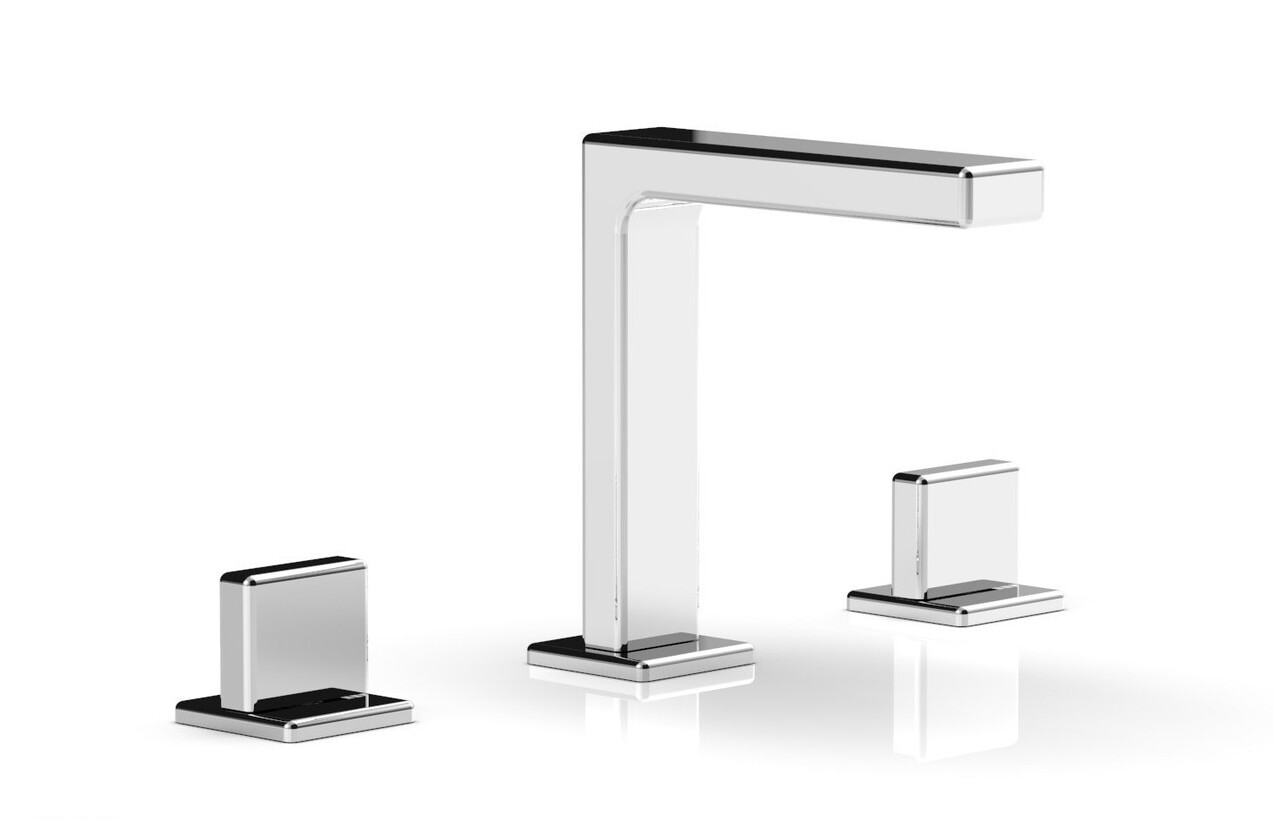
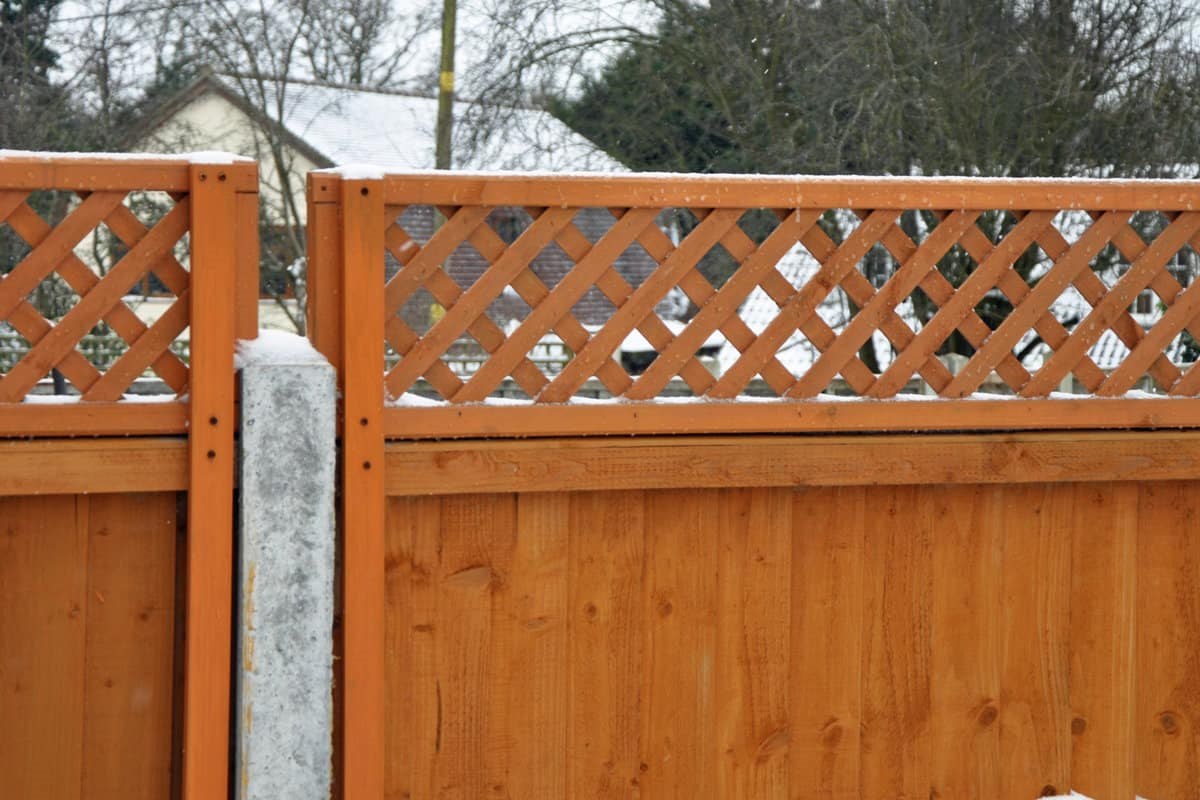
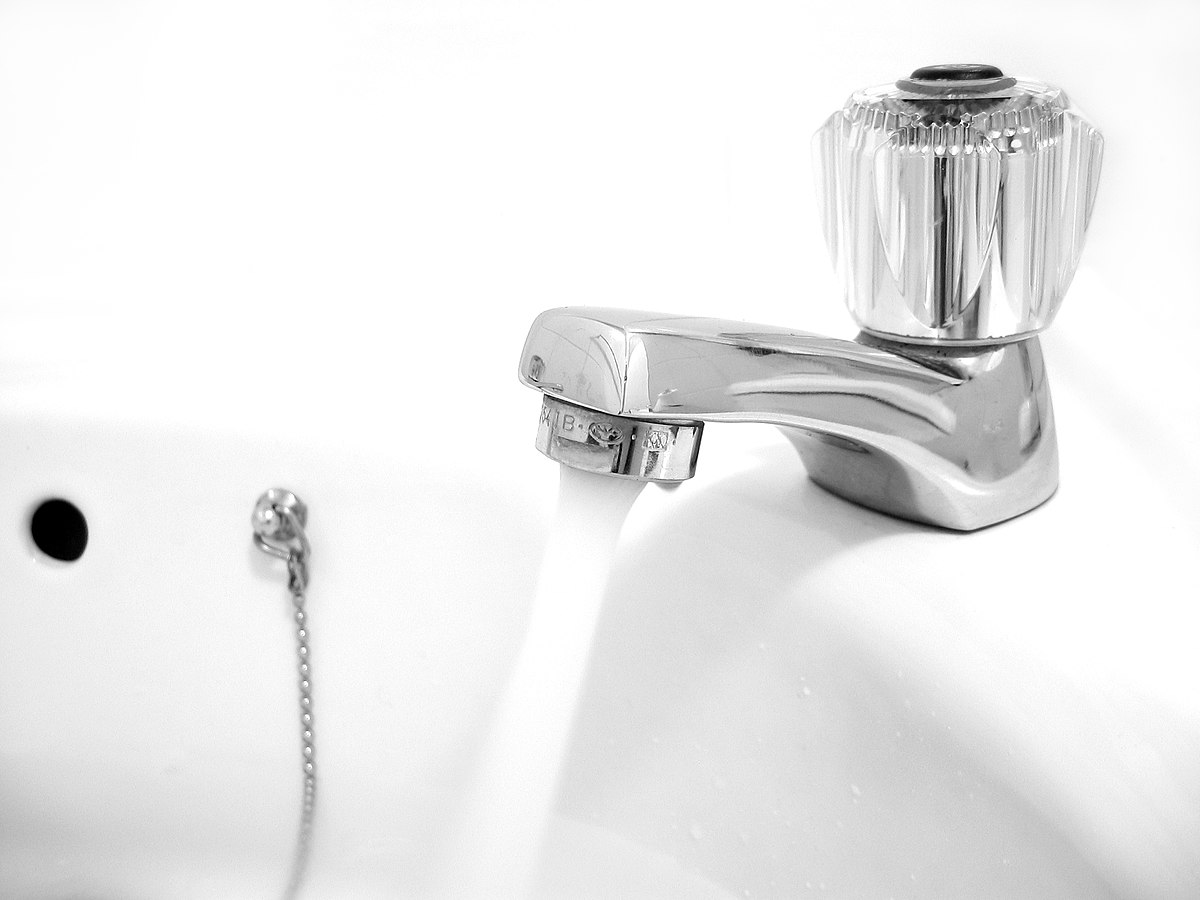

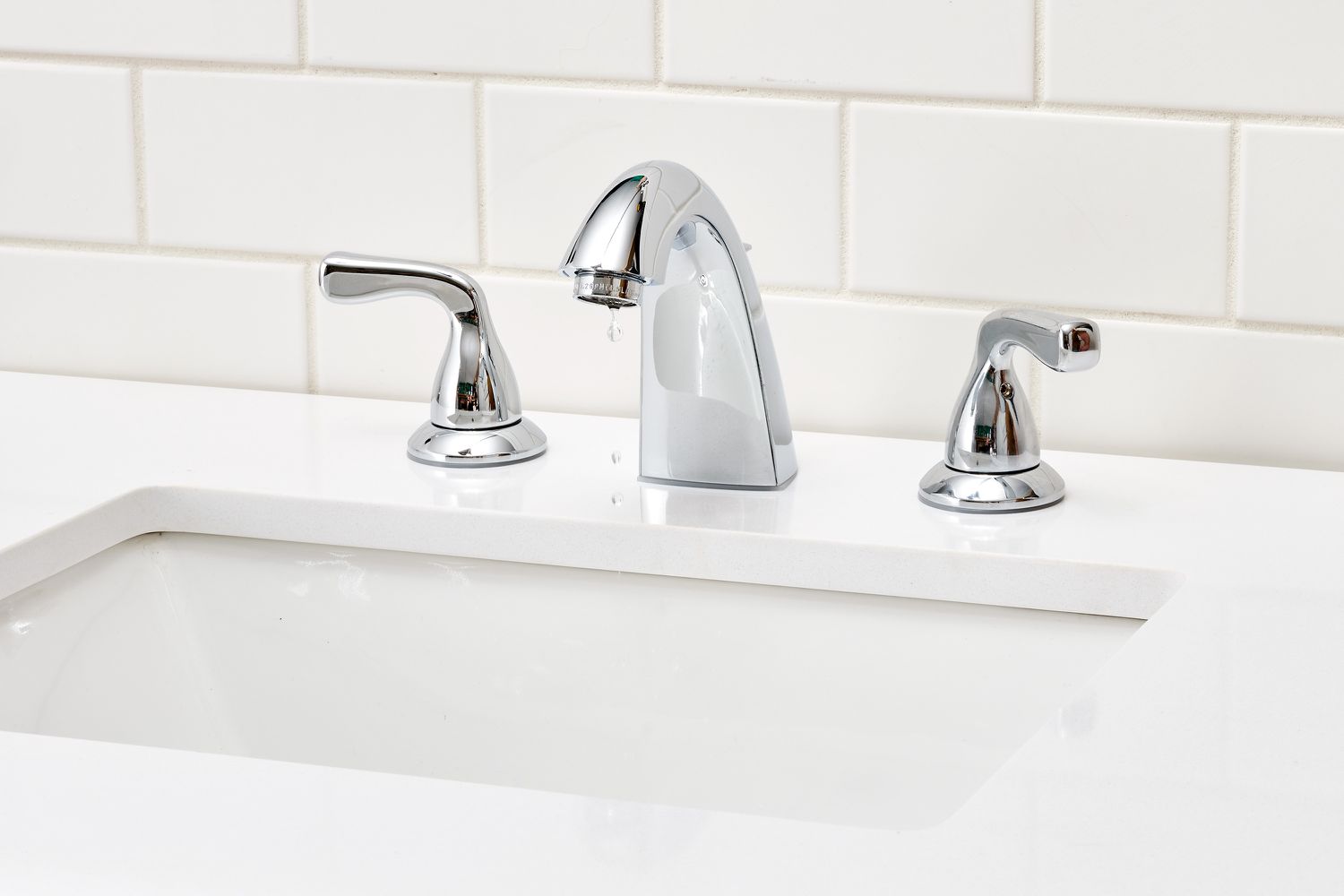
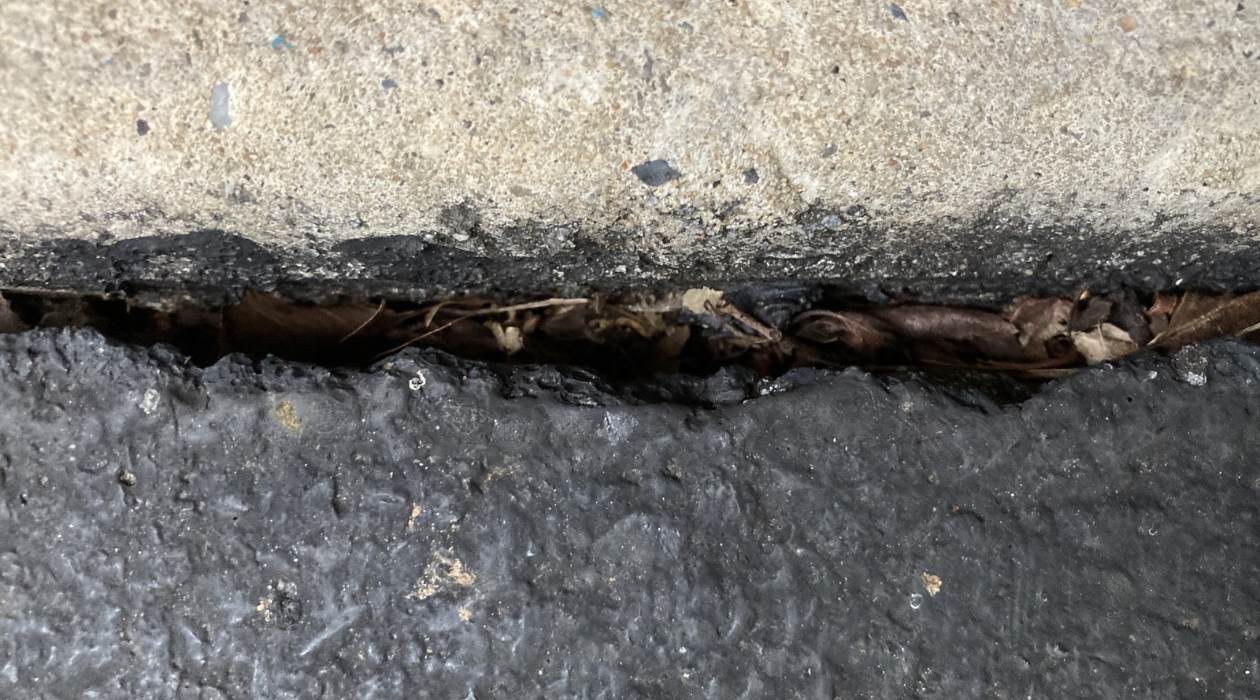
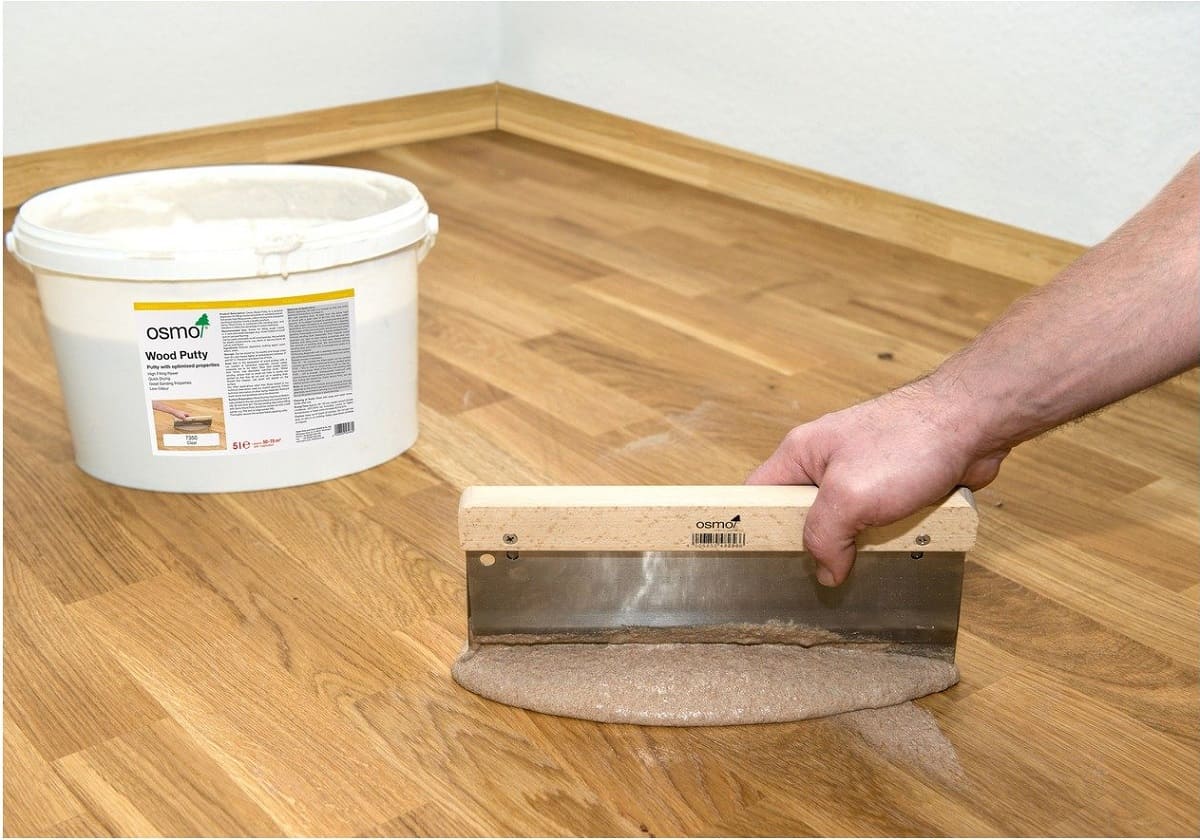
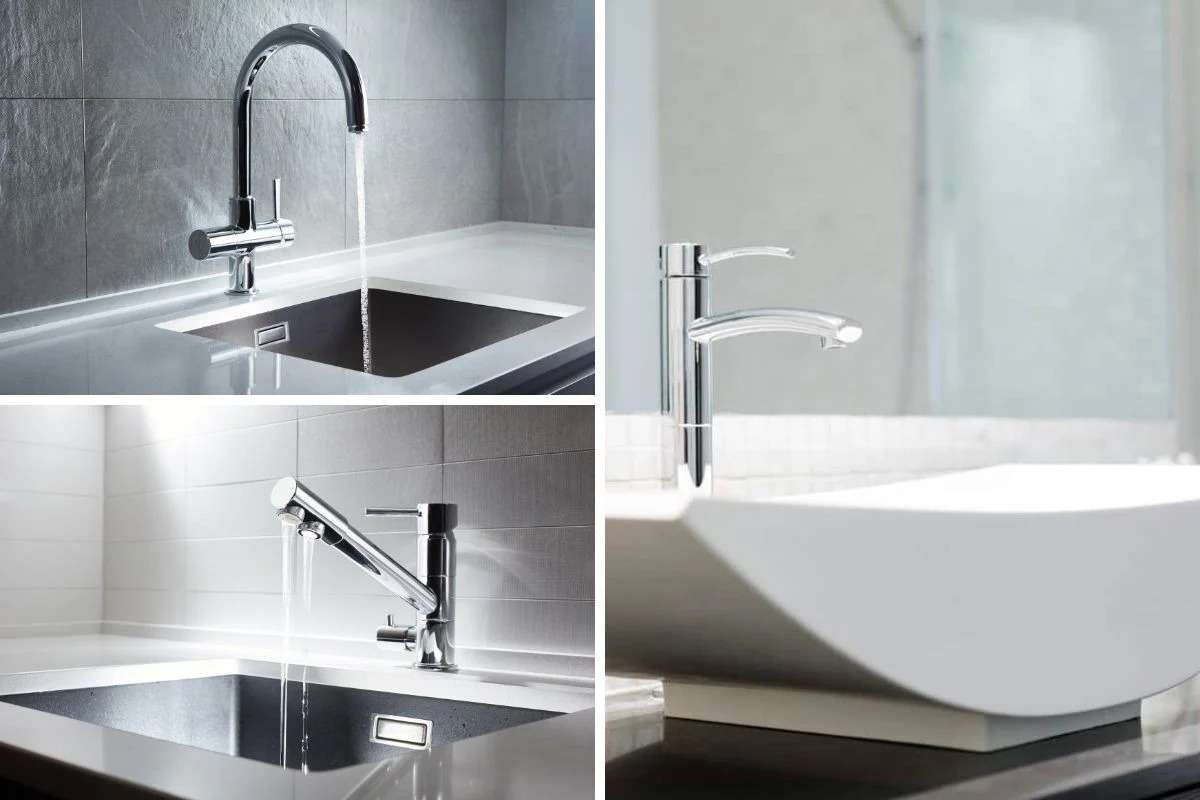
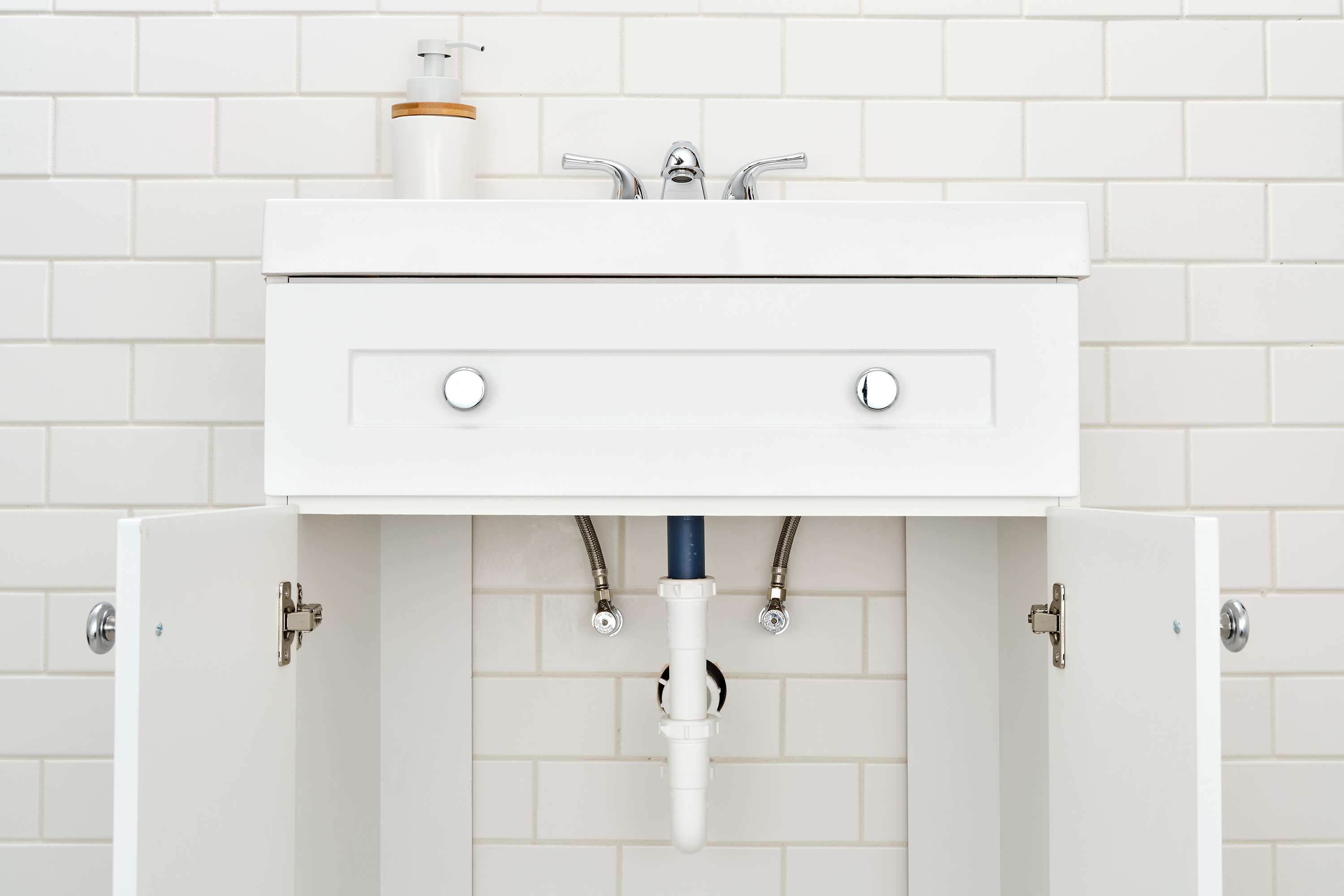
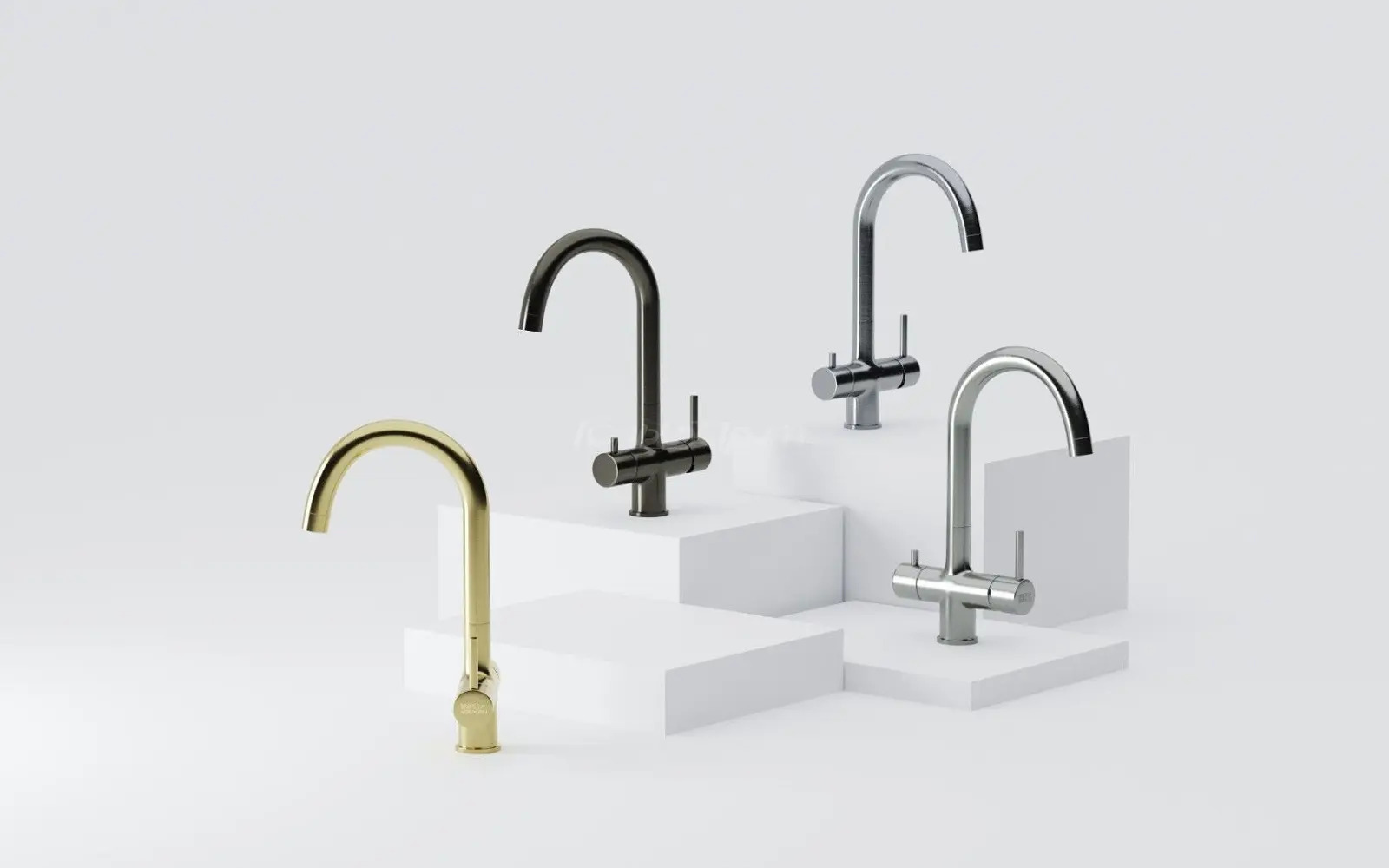
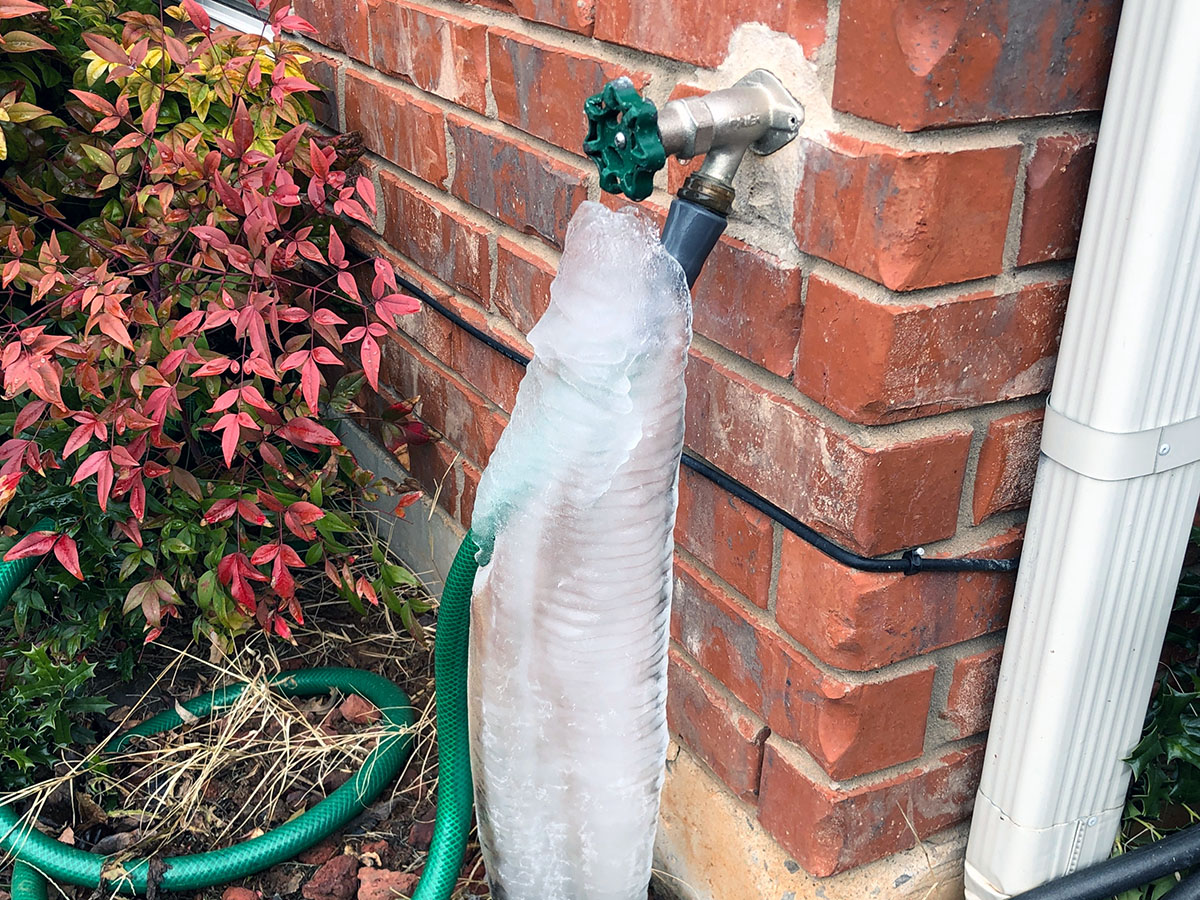
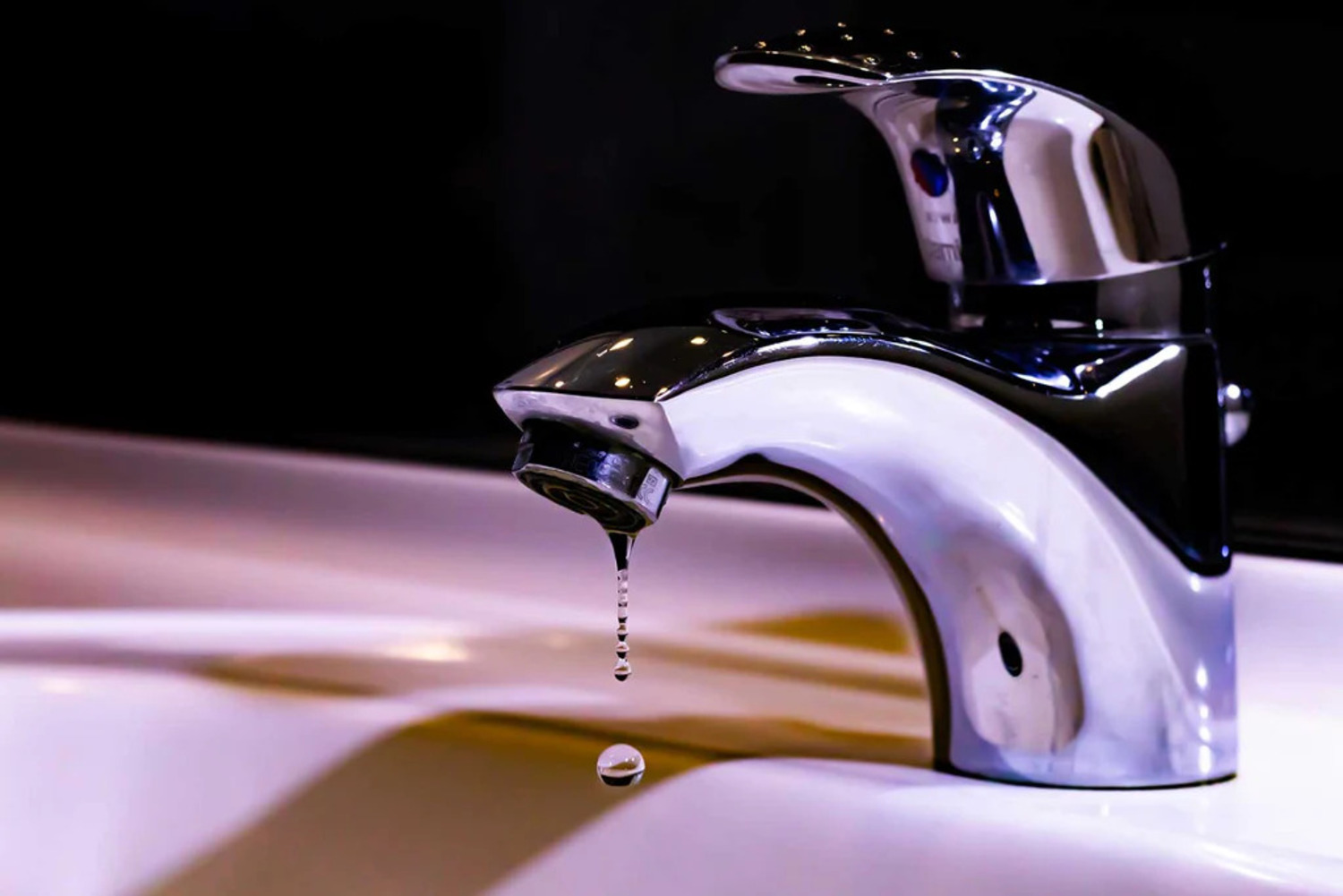
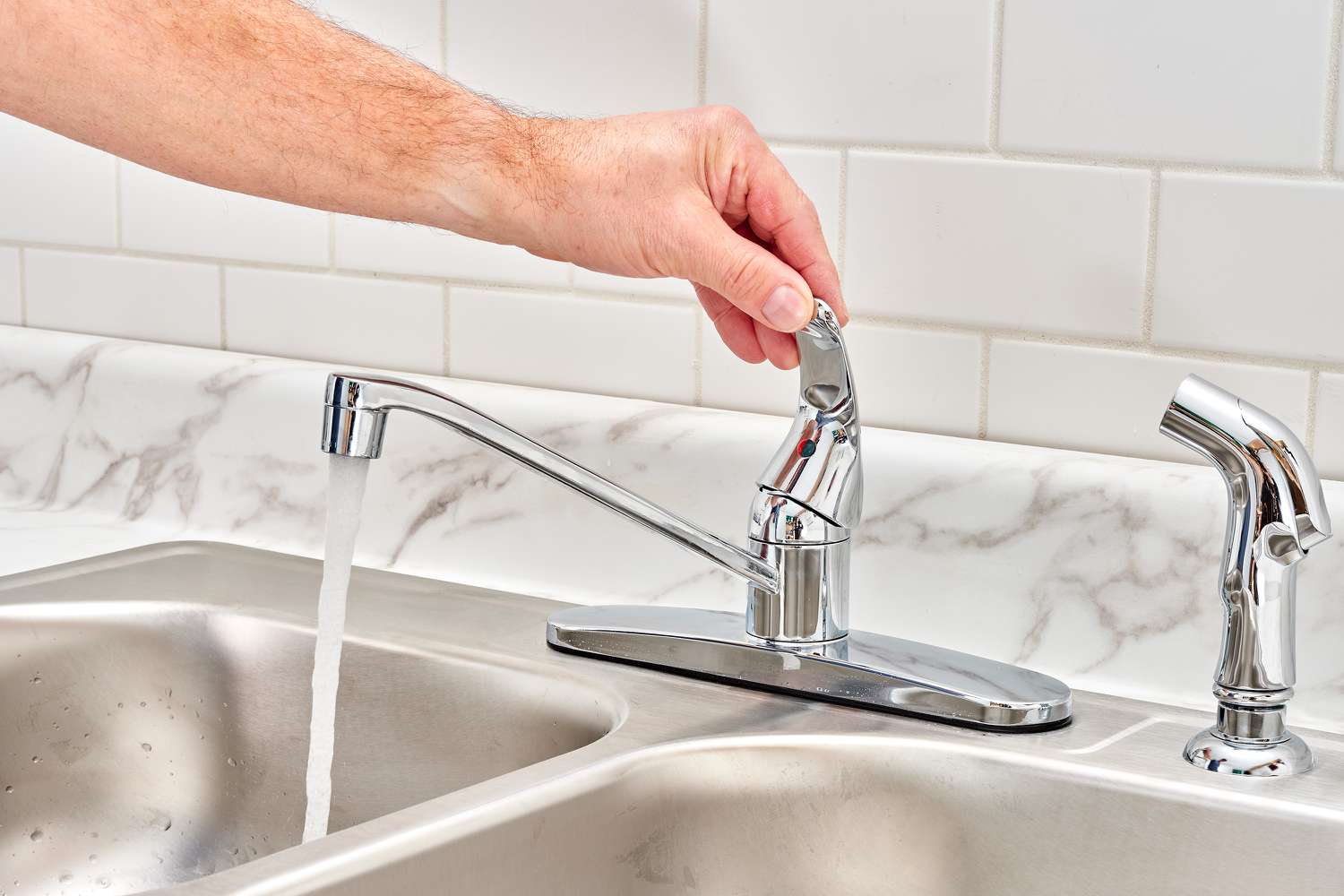
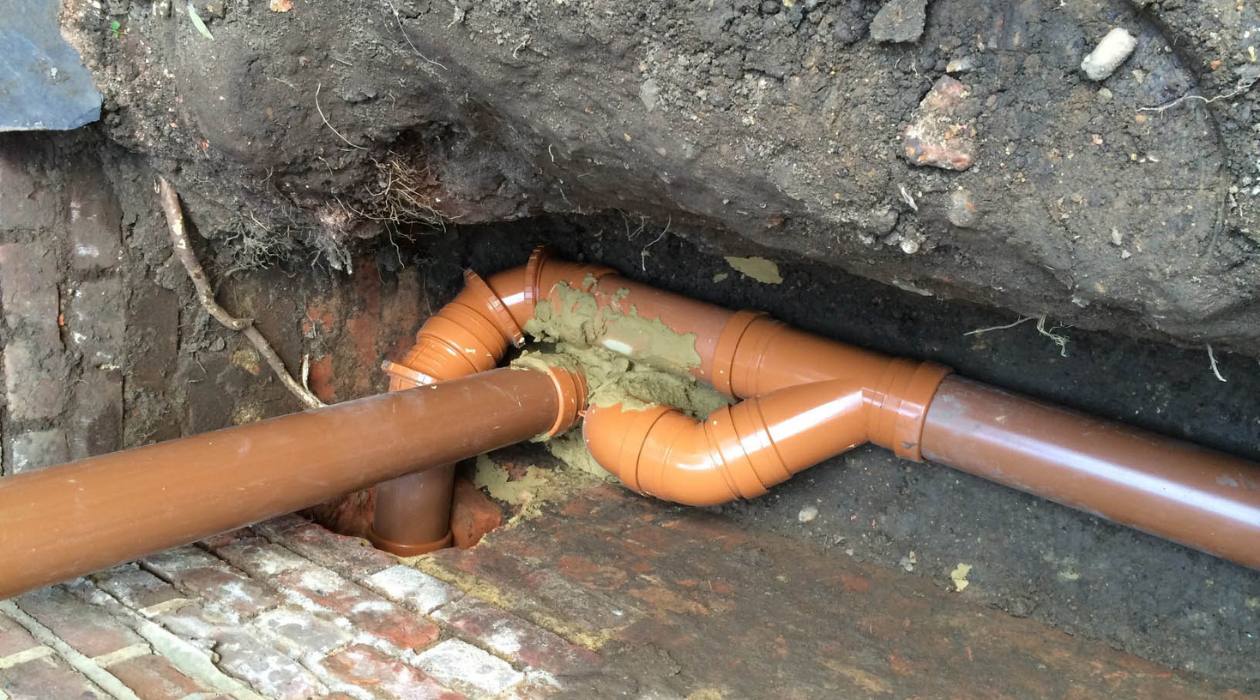

0 thoughts on “What Is An Air Gap Faucet”